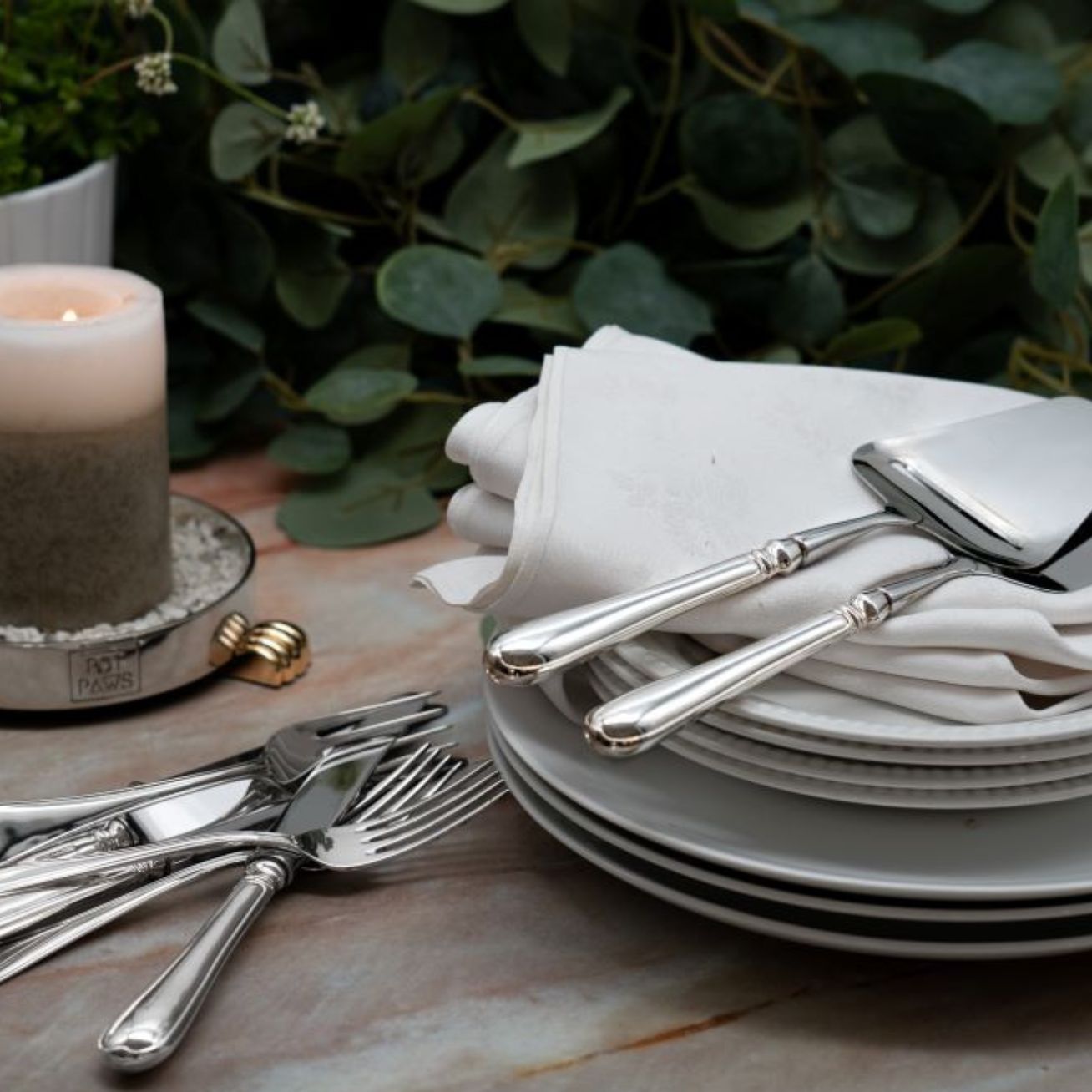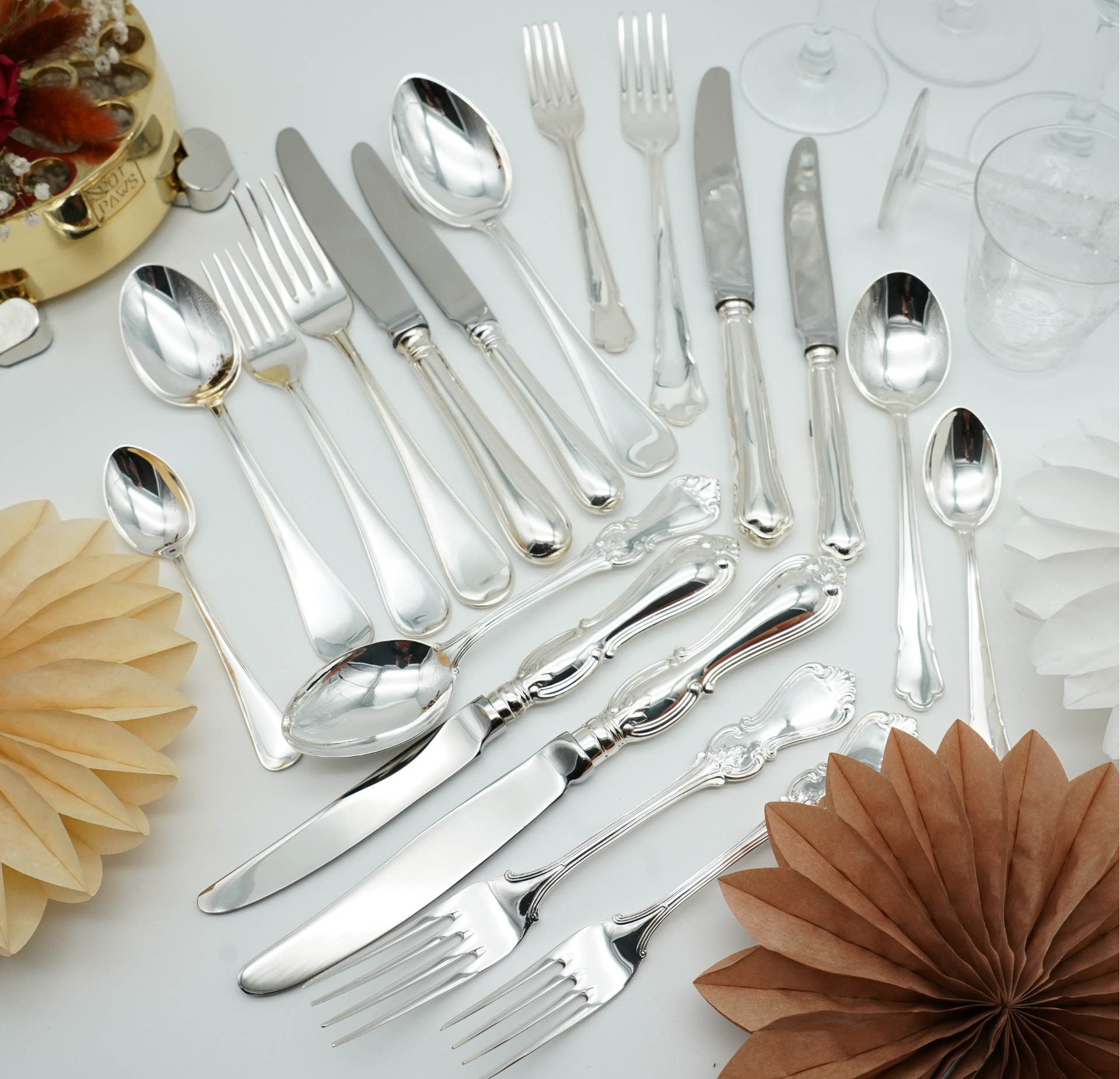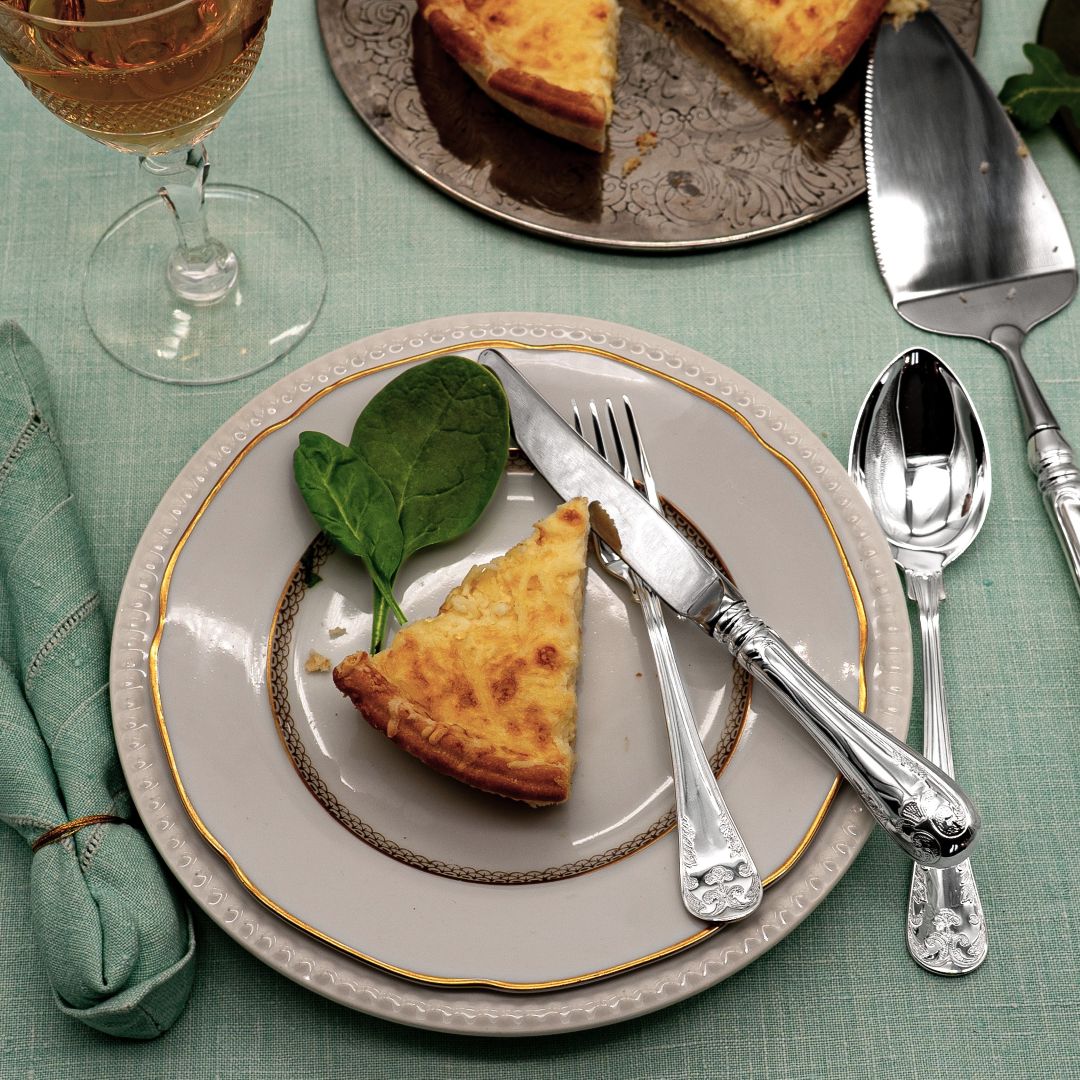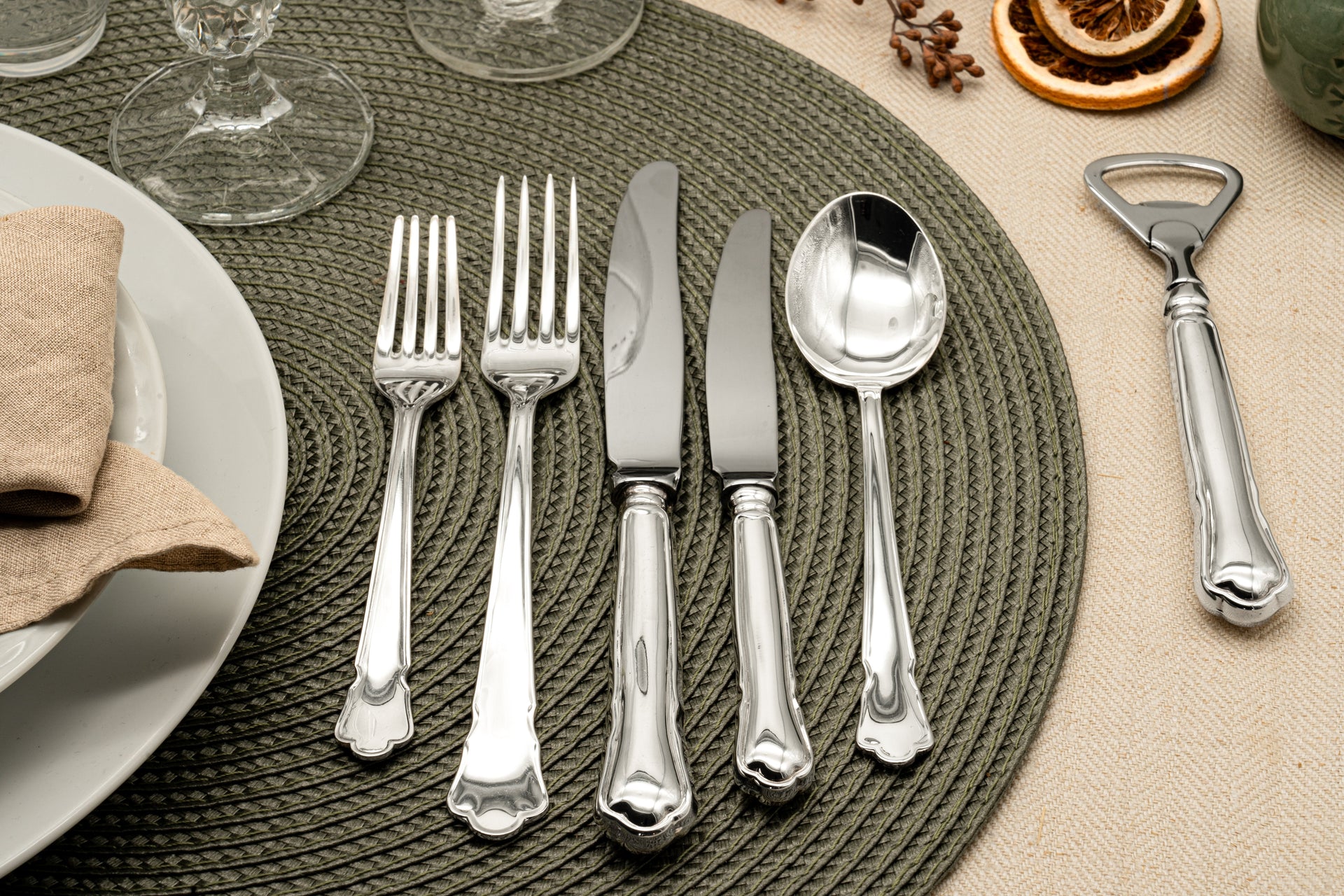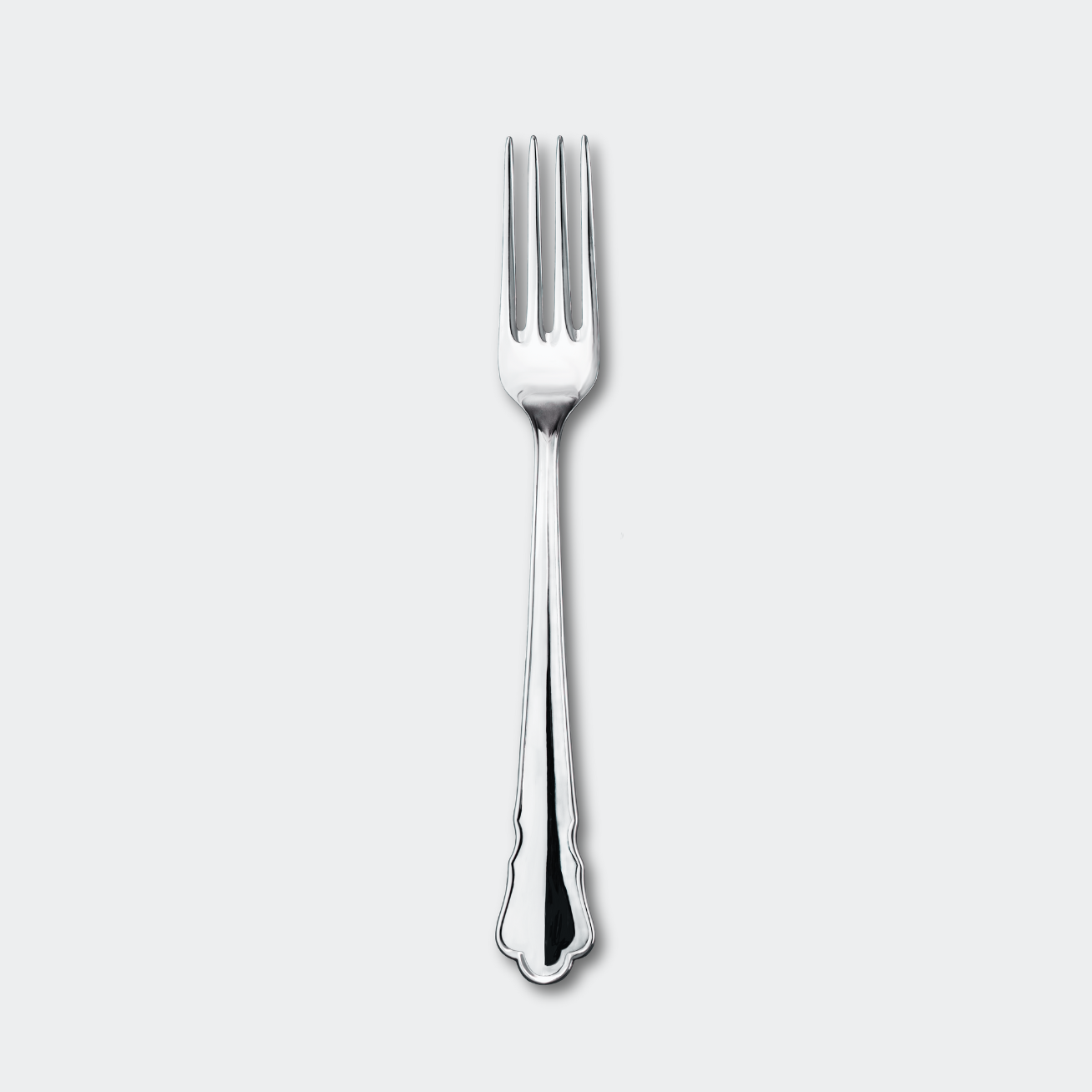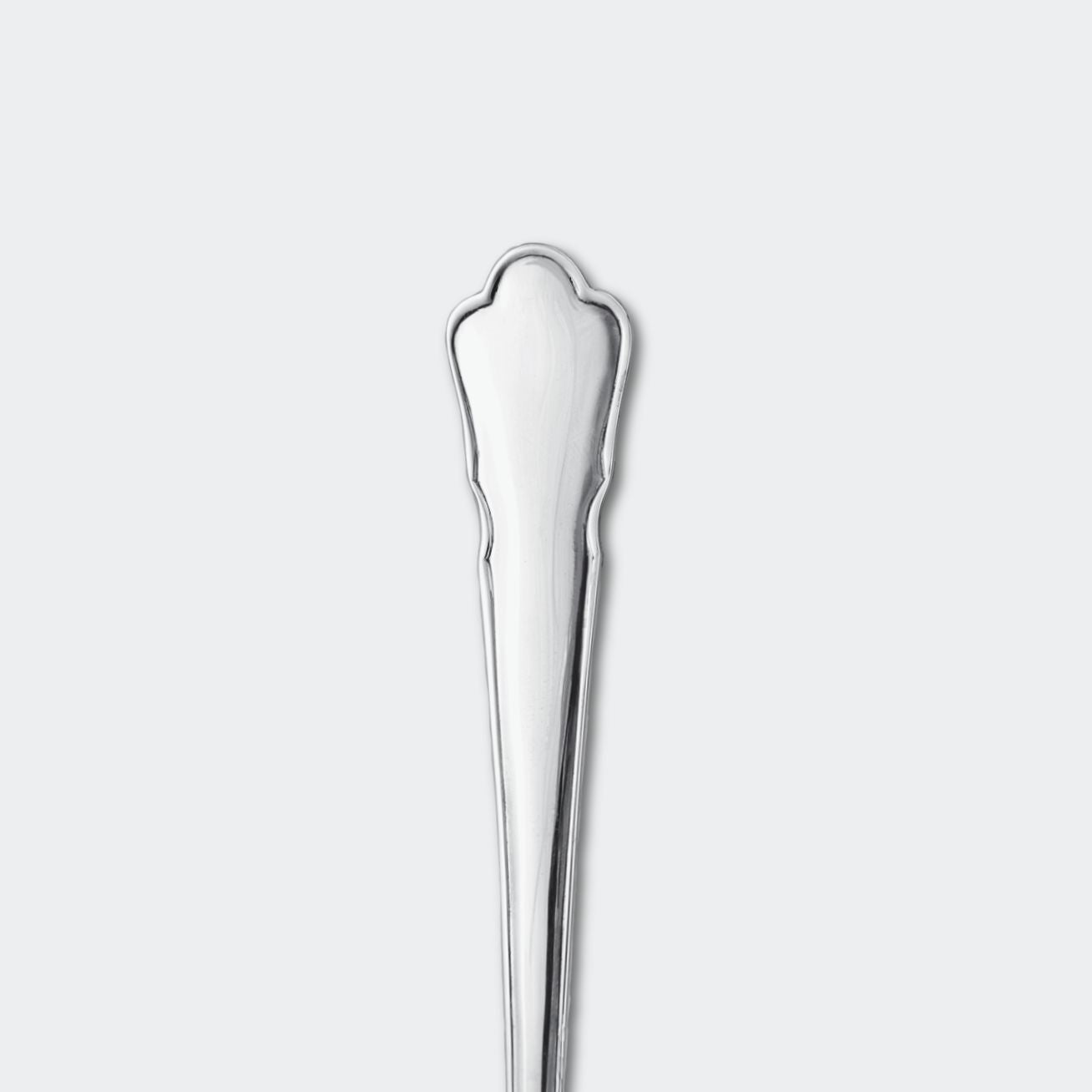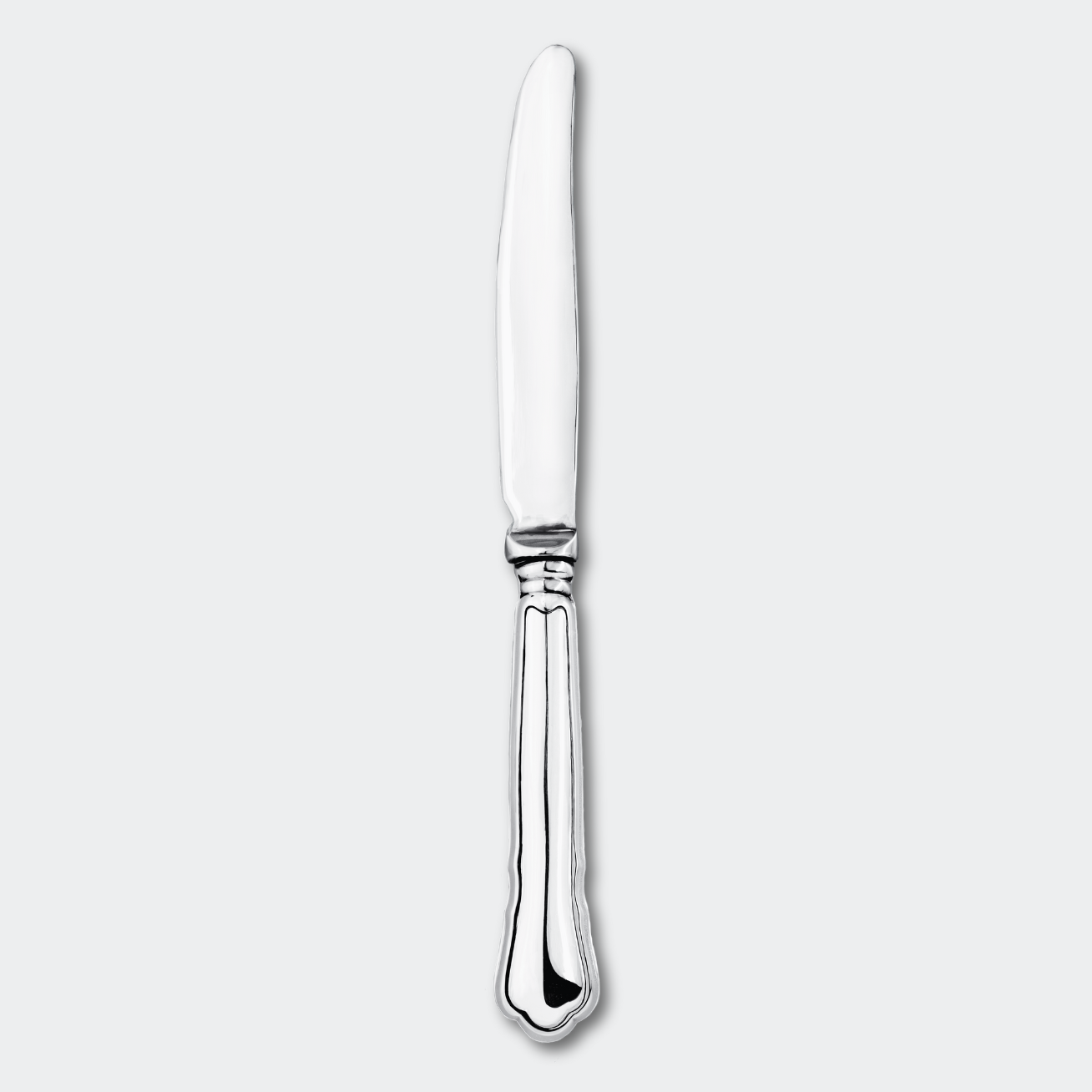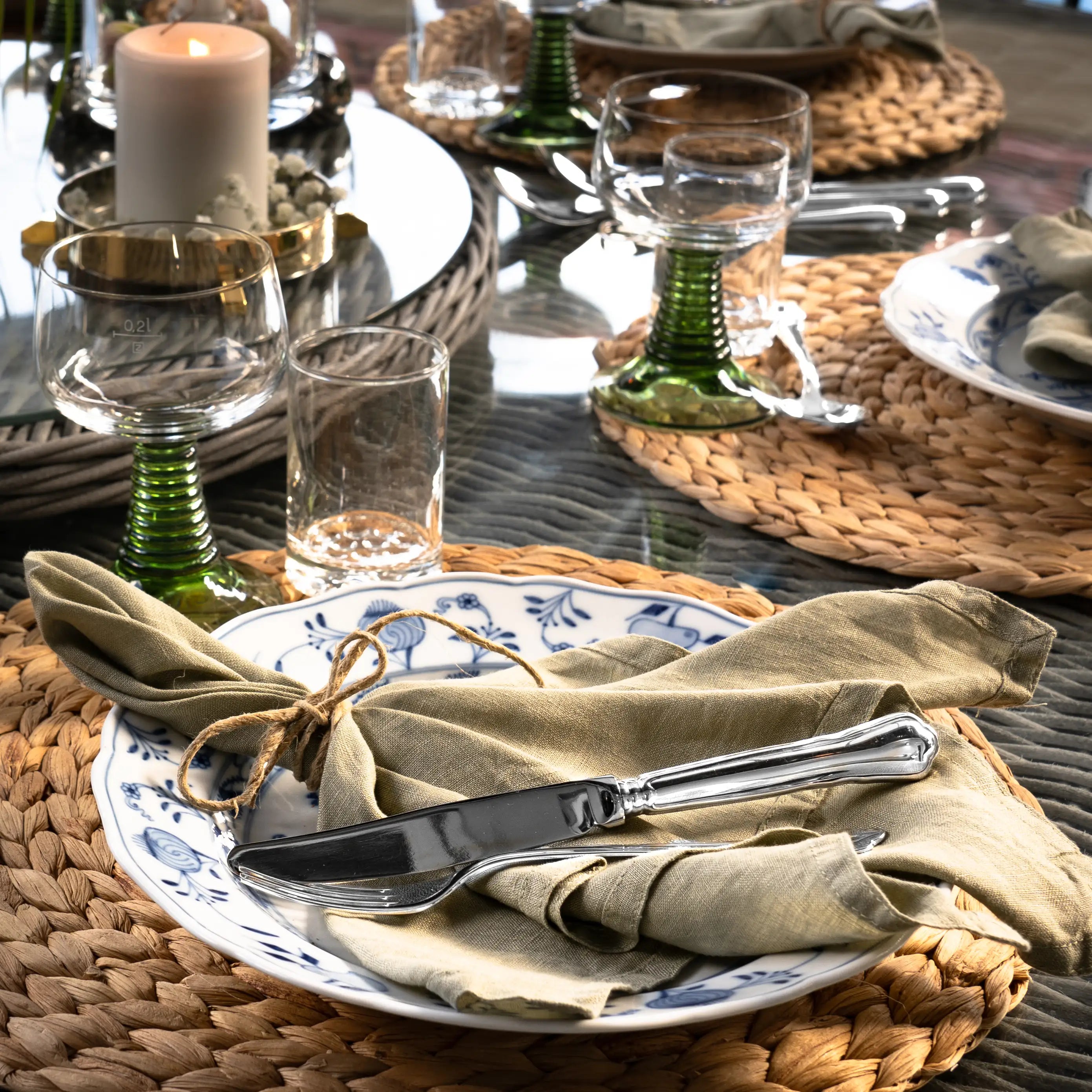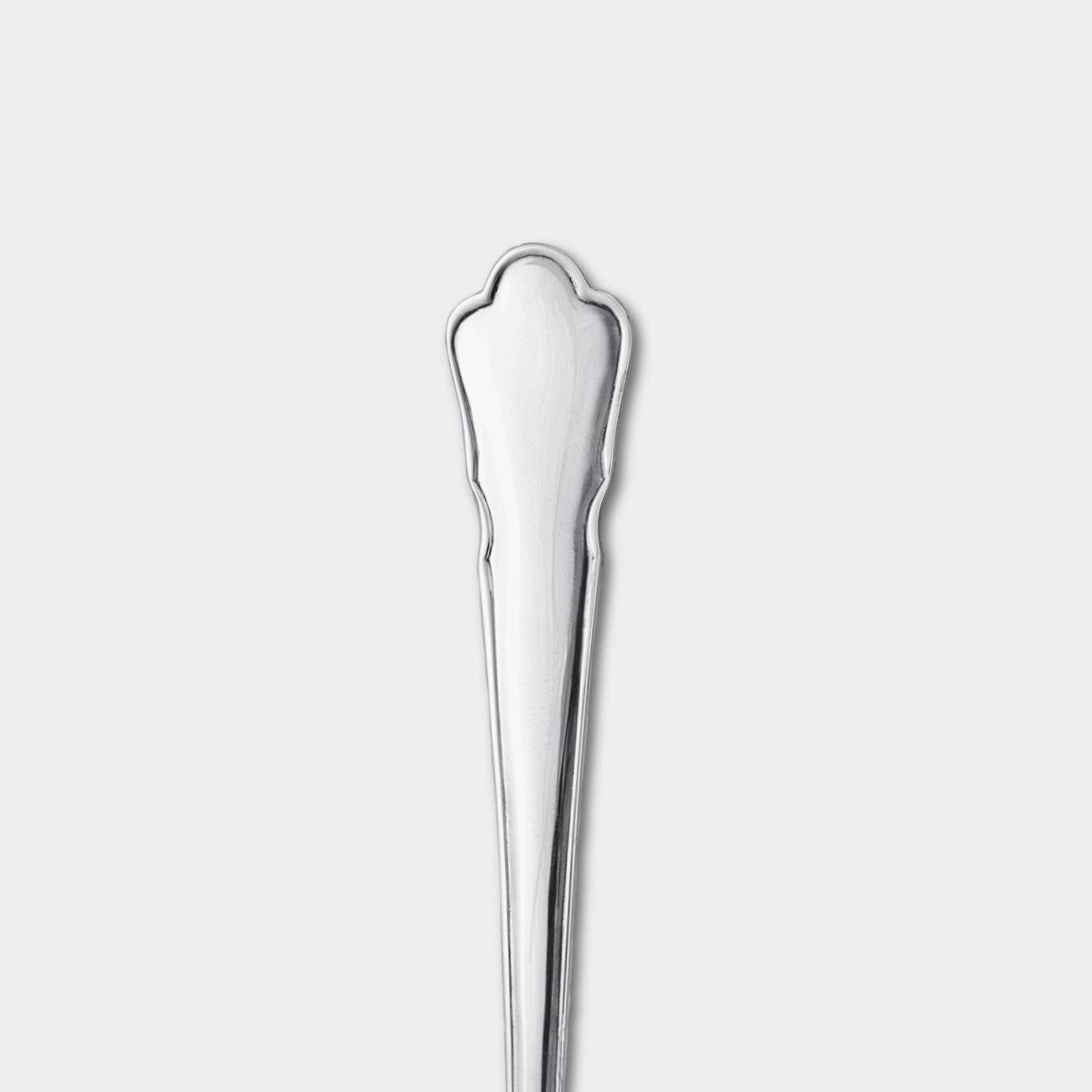assortment
See AllJewel
Follow us on Instagram
Tips & Advice
You can of course do whatever you want when setting the table for your guests, but there are certain guidelines in table setting that can be good to know. They are there to make it clear and easy for your guests.
Read more about table setting HERE.
The history of cutlery
Even the ancient Greeks embellished their meals with beautiful silver
In the same way that we appreciate silver today, it was appreciated by the Greeks and Romans during classical antiquity. The tastefully set table was then, as now, something that embellished the meal. Spoons, plates, goblets and bowls made of silver have been found in tombs from antiquity. The basic silversmithing technique, hammer forging, survives from this time. The form culture that developed during antiquity has also permeated European silversmithing. The different cultural periods up to the present day have borrowed a lot from the ancient Greeks and Romans. This also applies to the design and decoration of silver.
Swedish silver has a 1000-year history
In our latitudes, silversmithing began in earnest during the Middle Ages. In Sweden, as in the rest of Europe, most silver objects were made for the church. It was not until the Renaissance, which spread across Europe in the 15th and 16th centuries, that silverware began to become common in homes. In “better families,” in addition to knives and spoons, there were also bowls, platters, cups and goblets. Among peasants, silver spoons were the great status symbol. Even if habits at home were simple, people liked to set the table with silver spoons for their guests. Silver was already a good and valuable investment in uncertain times.
The knife
Of the cutlery we use today, the knife is the oldest. From the beginning, everyone had their own knife, which they carried with them on trips and when they were invited. Good table manners during the Middle Ages were to hold the knife in the right hand and eat with the fingers of the left hand. The knives of that time were long, narrow and pointed. In the absence of a fork, which had not been invented, people used the knife to skewer their pieces of meat. It was not until the end of the 17th century that people began to use rounded knife blades. This fashion came from Paris, where in 1660 Louis XIV issued a ban on pointed table knives. It sometimes happened that guests stabbed each other to death during lively feasts.
The spoon
The spoon, like the table knife, has been used since ancient times. The oldest spoons found were made of wood. They could also be made of horn, and when the forging technique developed, silver spoons became common. Silver spoons of the Middle Ages and the Renaissance often had large round blades and narrow handles. They were richly decorated and decorated with patterns that followed the fashions of art. Before the Renaissance, people rarely used spoons on the table. Spoons were used for soup and the like. Ordinary people ate directly from the pot, as they often had neither chairs nor tables. The silver spoon was also a popular gift on festive occasions such as weddings and baptisms.
The fork
Apart from large serving forks, people didn't start using forks to eat with until the 16th century. The first forks came from Italy and had two long prongs. But the fork was met with resistance when it arrived. Some people thought it was the devil's tool. Martin Luther even prayed to God to protect him from forks. Towards the end of the 16th century, knives and forks with identical handles began to be made, i.e. a cutlery with two parts. In the 17th century, three-piece cutlery, knife, fork and spoon, came in a uniform design. Silver cutlery began to be mass-produced, so it was possible to get a whole set with the same design. Later, complementary cutlery was developed, such as tea and coffee spoons, fish cutlery, butter knife, sauce spoon and dessert cutlery. By the end of the 19th century, you could set the table with up to twelve different cutlery per place setting. At that time, it was important to keep your tongue in the right place.
HOW DO YOU KNOW IF IT'S SILVER?
Genuine silver should always be stamped with the fineness mark 830 and the manufacturer's responsibility stamp.
The state control stamp "Kattfoten" and the Silver Stamp S are no longer mandatory and most manufacturers refrain from having their cutlery control stamped by the state testing institute due to the now high fee. Read more about stamps HERE
SILVER AND NICKEL SILVER ARE AFFECTED BY CERTAIN SUBSTANCES
Avoid using silver for fish and egg dishes, as well as salmon with gravlax sauce. If this does happen, rinse the cutlery thoroughly immediately afterwards. Sulfur in the air can damage and discolor silver, so after some time in the cupboard you may find your cutlery dark in color.
Something you should never do is use rubber bands around your silver, the sulfur in the rubber corrodes dark marks on the silver that are difficult to remove.
SILVERWARE IS DISHWASHERABLE
Silverware can be washed in the dishwasher, but make sure that the cutlery is not packed too tightly and that there are no food residues with eggs in the machine, such as mayonnaise or bearnaise sauce.
Silver cutlery should not be placed together with steel cutlery as unnecessary scratches may occur. Silverware should not be soaked to be washed later.
Note: We do not recommend using detergent tablets with a transparent gelatin-like coating when washing silver, as the coating causes the silver to oxidize/blacken. Use powdered detergent instead.
Our Norwegian supplier TH Marthinsen recommends SUN dishwasher detergent, but other types will probably work well too.
YOUR SILVERWARE DESERVES TO BE STORED WELL
We recommend that you store your silverware in cutlery wraps, which is the cheapest and best. A casket is also a good storage option, but a bit more expensive and unwieldy. Never use rubber bands near silverware, for example to tie around cutlery wraps or plastic bags in which you store your silverware.
The silver is attacked by sulfur from the rubber cord that penetrates storage bags.
For long-term storage, you can advantageously put the cutlery wrap with silver cutlery in a plastic bag that you close with a clip.
It is sulfur, pollutants in the air and UV radiation that cause silver cutlery to darken over time. The plastic bag protects against air penetration.
SILVER IS EASY TO POLISH!
When you want to polish your silver, there are various silver polishes such as "Bistro" which is a water-based polish that makes the job very easy and clean. Another tip from us is to use your silver cutlery often so they need to be polished less often.
Silver polishing cloths available in stores are also good if you want to quickly freshen up your silverware before setting the table.

